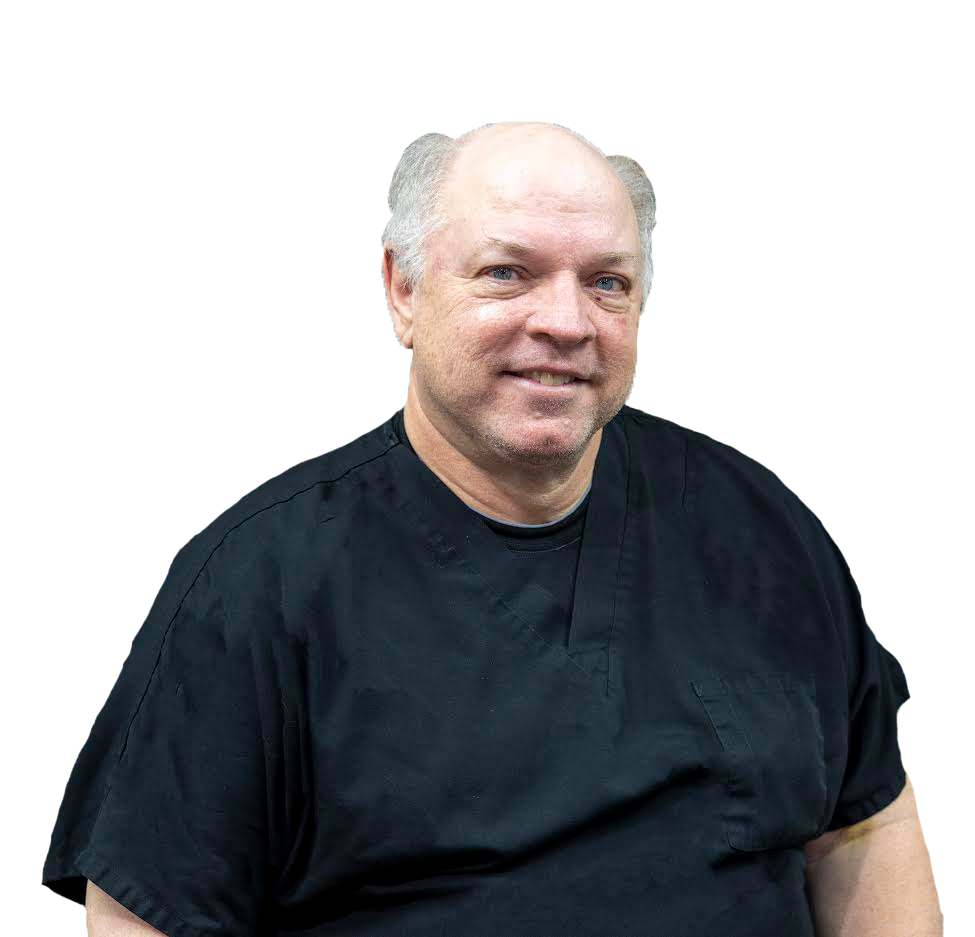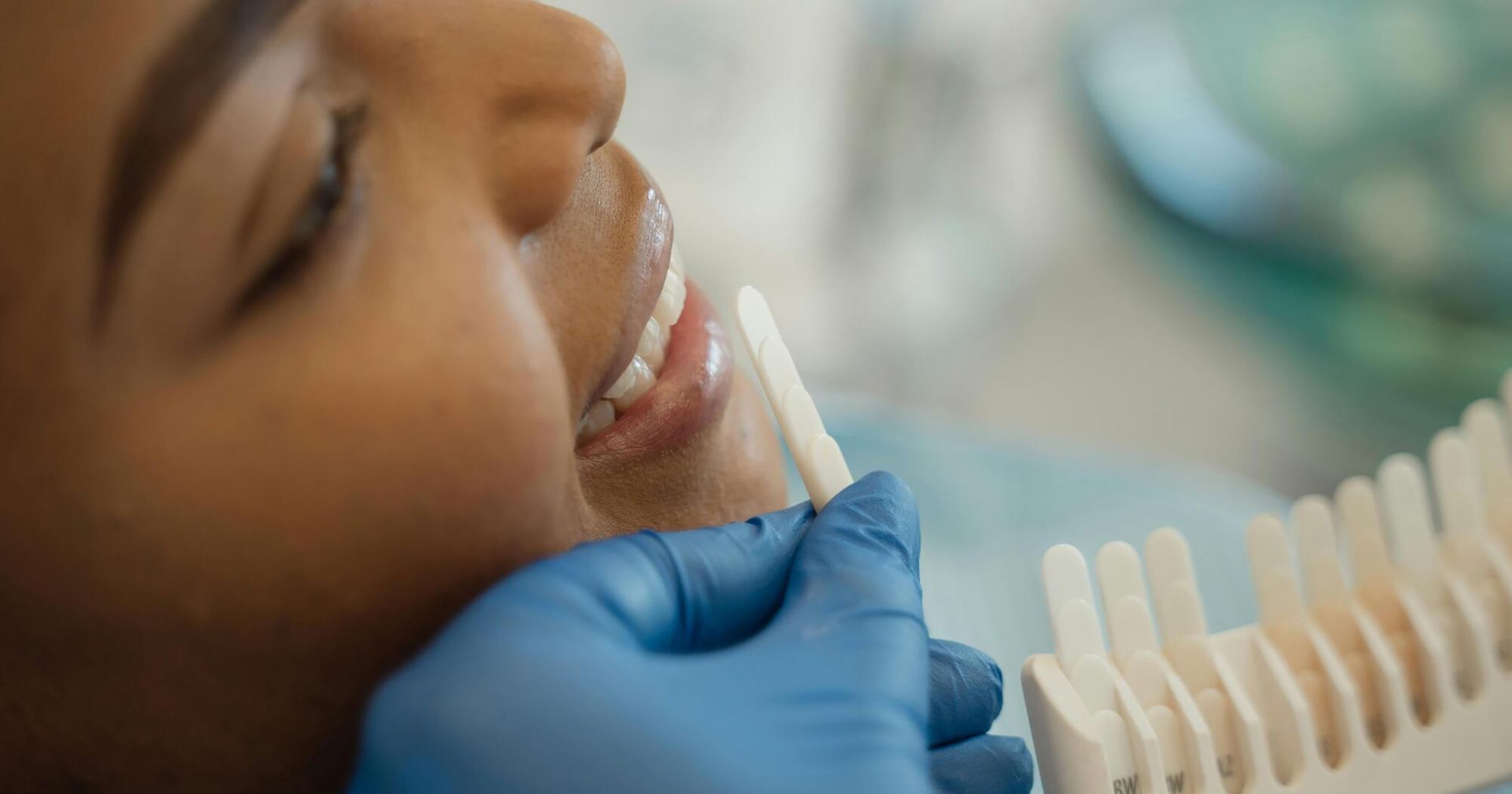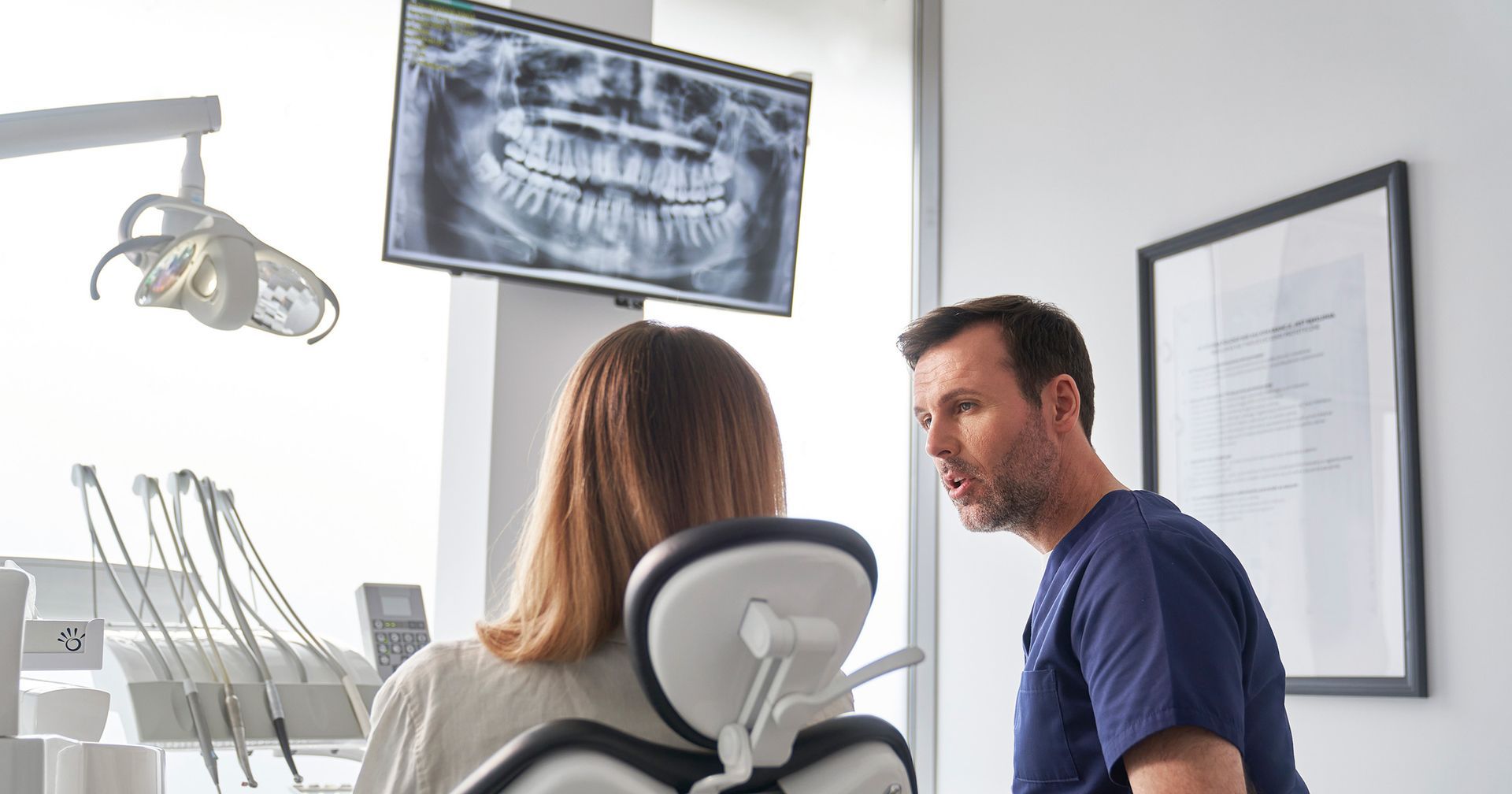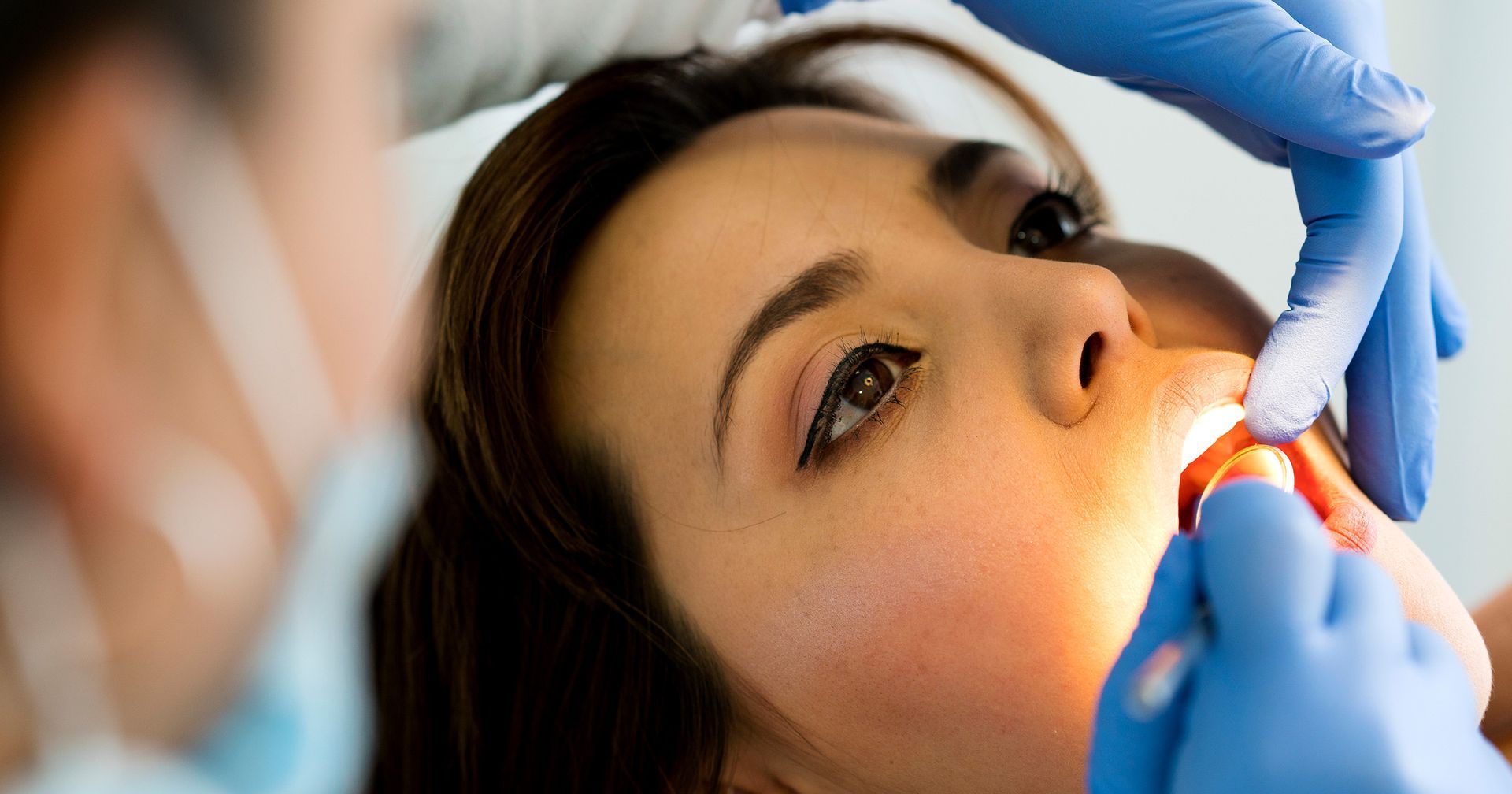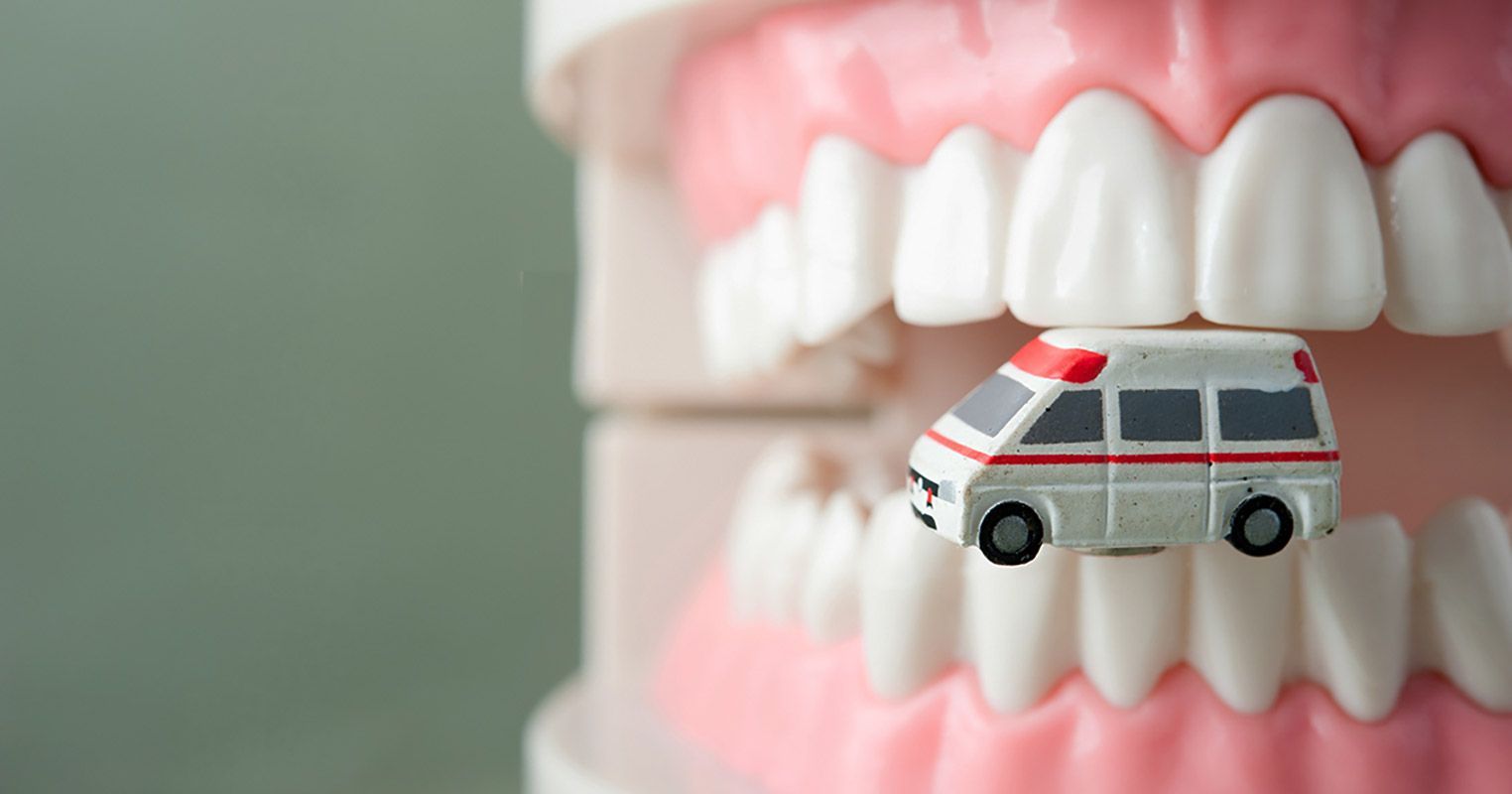Wisdom Teeth Removal: A Complete Guide for Parents
Dr. Barry LeJeune
Need tips for post wisdom teeth removal care? Our guide provides parents all the steps for a smooth recovery. Get started with your care plan now!
Did you know that wisdom teeth haven't served a purpose for hundreds of thousands of years? And yet they still grow, only for them to get removed at some point in a person's life.
Unfortunately, not every wisdom tooth can be removed easily. This is partly due to the location of the teeth as well as the way they grow. As such, it's important to prioritize post-wisdom teeth removal care to avoid complications from your procedure.
Here are some wisdom teeth recovery tips and what to expect when they get pulled.
Wisdom Tooth Removal Process
It's essential that patients know what kind of procedure they're receiving, as this can heavily influence their recovery afterward.
A wisdom tooth extraction always begins with the dentist determining how the tooth has grown and if it has emerged through your gums. Fully impacted teeth aren't visible and are completely hidden under your gums. Non-impacted teeth have erupted and are completely visible.
They also have to take into consideration the angle it has grown. A vertical impaction provides the easiest removal, as it is in the upright position. A horizontal one is one of the most difficult ones.
Extraction is typically performed as an outpatient procedure using local anesthesia, sedation, or general anesthesia. Most children find it more comfortable to be unconscious during the procedure.
How long it all takes will depend on how many teeth are removed. When the patient awakens, there should be no immediate pain. However, they will require a ride home as they may have trouble walking or riding a bike.
Post Wisdom Teeth Removal Care
How you take care of your child's mouth will affect their healing after a tooth extraction. A lack of attention could lead to them suffering from severe pain. In a worst-case scenario, they could develop an infection and require another procedure to clean it out.
As with any dental visit, your dentist should provide an after-care plan for both parents and their children to follow in the days to come.
Manage Bleeding
Parents should expect some amount of bleeding in the hours following a wisdom tooth extraction. Your child should leave the dentist with gauze pads placed over the extraction sites. It's important that they keep the pads there and replace them as needed to soak up any excess blood.
Bleeding should stop within a few hours, but you may see red-tinged saliva for a couple of days. You can also use a moist tea bag pressed on the extraction site to stop the bleeding.
Avoid Dry Socket
Dry socket is a painful condition that can happen if the blood clot in your mouth comes loose. This blood clot forms as a protective layer over the underlying bone and nerve endings. If it comes out, that leaves your jawbone and nerves in that area exposed.
Your child may suffer from a dry socket for a number of reasons. For one, there's a chance the blood clot never forms or it dissolves before the wound has healed completely. Blood clots also commonly come loose if a person uses a straw, which can force it out of the wound.
While a dry socket can heal on its own, the pain may be too much to handle in the meantime. It's advised that you schedule another visit to the dentist so they can provide prompt treatment.
Dental Care Post Extraction
It's common sense that your child shouldn't brush the extraction site until it has healed for a few days. However, that doesn't mean they should ignore their dental hygiene altogether.
Most dentists will suggest using some kind of mouthwash to keep the site clean. Your child will want to use warm salt water for the first 24 hours after surgery and upgrade to mouthwash when they can handle it.
Brush and floss as normal except for the area next to where the tooth was extracted.
Pain Management for Wisdom Teeth
Pain management is tricky when it comes to dental issues.
Immediately after the procedure, your child will want to apply an ice pack to reduce swelling and minimize the pain. They'll then want to use prescription pain relievers if the tooth removal is more complicated. Otherwise, they may get away with over-the-counter pain relievers.
Their dentist will also likely prescribe antibiotics to help stave off infection.
Follow-Up Visitations
It's important that your child make any and all follow-up visits to their dentist. In most cases, this won't be required as long as everything goes well. However, they may want to schedule a visit if there are any complications during the procedure.
Another reason to schedule an emergency visit is if something like excessive bleeding or a dry socket occurs. Either one may happen if the sutures come loose or your child dislodges them with their eating or oral hygiene habits.
Dietary Considerations
In the days following their procedure, your child will want to avoid certain foods, like anything chewy or hard. Crunchy foods are also dangerous because they can get stuck in the incision area. Hot and spicy foods can irritate the wound, along with acidic foods and drinks.
It's also essential that they avoid anything with a straw or that requires sucking. This motion can cause the blood clot to unplug and cause a dry socket.
Common Concerns
At the same time, there are some things that may occur that are normal.
For example, dental bone spurs may grow out of their jawbone and cause irritation. These usually go away on their own, though they can make the area more tender.
Sutures will loosen and come free on their own over time. When this happens, your child may notice clotted blood in their saliva.
Your child's dentist should inform them of any changes they can expect.
Make Recovery Easier
Post-wisdom teeth removal care is an important part of the process that parents shouldn't ignore. Lack of care can result in pain, inflammation, and a potential infection. All of these can be avoided as long as you follow the dentist's care instructions.
LeJeune Family Dentistry provides care for patients of all ages who need high-quality dental care. Our services cover periodontics, cosmetic dentistry, implant dentistry, and more. Reach out today to set up your first visit.

